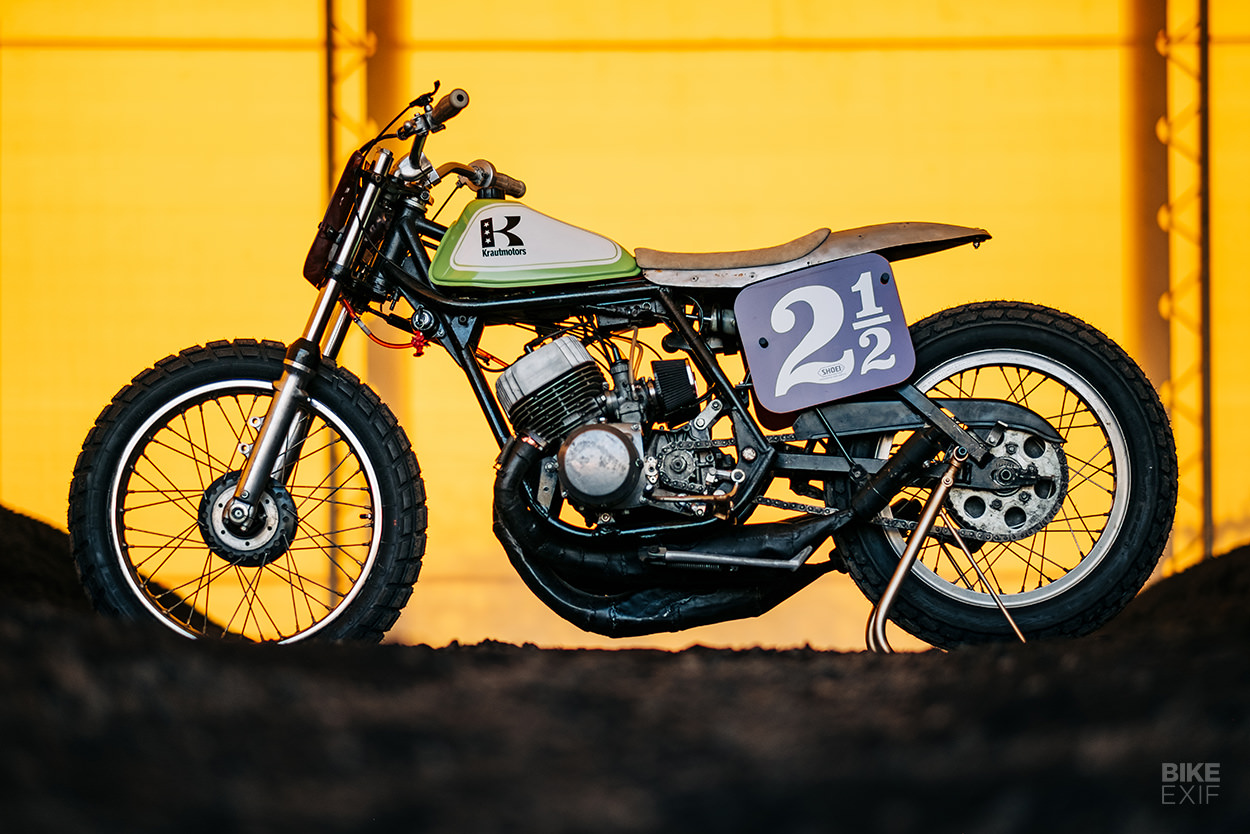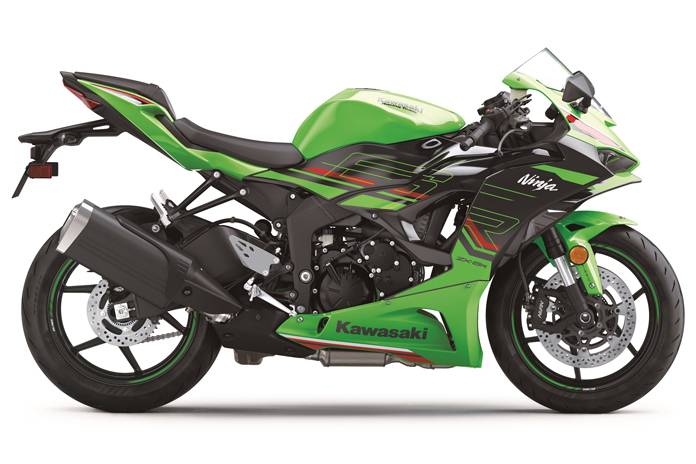Can You Safely Ride a Motorcycle in the Rain?
Let’s call a spade a spade: when the rain hits, the riding gets a bit more complicated. The thing is, despite the risks that rain represents, there are many riders that enjoy riding through light rain.
I’ll never forget the first time I hit the rockies on my ’99 Ninja 500R (which got hilariously gutless at 7,000 ft). It was early afternoon and the wind brought in a quick downpour. It only lasted for a few minutes, but afterward, I enjoyed one of the most incredible sensory experiences of my life.
The coolness in the air, the smells, and the sheen the water painted on terrain… incredible.
For a new rider just learning how to ride your motorcycle, rain presents a potential hazard that needs to be taken seriously. Riding in the rain isn’t impossible, by the way – far from it – but you do need to change how you approach your ride.
Given that we’re best beginner motorcycles, I figured it’s high time we did up a proper list to help new riders minimize safety risks and maximize their enjoyment from a little ride in the rain.
Note: none of the tips here overrule good sense and sound judgment. AKA: Always ride according to your circumstances and comfort level. Don’t read this article and go hop on the highway in the middle of a downpour. Be smart. Be safe.
Essential Tips for Riding a Motorcycle in the Rain
You Want Proper Waterproof Riding Gear
You know, stuff meant to keep you dry when the wet stuff happens. Being on a bike at highway speeds soaked from head to toe in blue jeans sucks. Now you don’t necessarily have to drop mad money on Rukka Gear (though Jim sure does love the jacket and pants of theirs he reviewed), but you do want to have waterproof gear.
A few tips:
- Look for gloves that have the rubber “wiper” on the left index finger (seriously, these are pretty common). You’ll love being your own wiper blade when the rain starts to come down.
- If you don’t have a wiper blade for a finger, you can turn your head to the side to blow water off of your visor.
- A visor with a Pinlock is going to outperform a “regular” visor when it comes to fogging; Pinlock inserts aren’t expensive and are available for most modern helmets.
- If you don’t have a Pinlock insert, rub soapy water on the inside of your visor and wipe it off with a towel (do not rinse it). The soap will help prevent fogging for a good period of time.
- GoreTex is a great material for your boots because it is breathable but also waterproof (as I demonstrated in my SIDI Aria Gore-Tex review by standing in a bathtub full of water).
- You do not want to have a backpack on if at all possible. Seriously- it will get waterlogged and heavy, and the last thing you need is it sliding around on your back changing your weight distribution.
Make Sure People Can See You
Rain impairs visibility, and as a motorcyclist, being visible is already something that’s a pretty big deal. Make sure your gear/helmet/bike have reflective tape (or something) so that vehicles can see you.
A few tips:
- A lot of gear comes with high-viz built in, but if yours doesn’t, you can buy reflective tape (like this stuff from RevZilla).
- Consider turning on your high-beam as it is more noticeable to oncoming traffic; don’t forget that the visibility of cars and trucks is impaired too.
- In a bad storm, nobody ever regretted turning on their hazard lights.
Ensure Your Tires Have Sufficient Tread Depth
Riding in the rain requires concentration; riding in the rain on bald tires requires bravado. And luck.
The bottom line? Make sure your tires are up for the job and are at the correct pressure (overinflated tires make riding in the rain even more challenging).
Be Smooth on the Brake & Throttle
This is especially important during the first 15 minutes or so of rain, as the oils on the road that normally lie in the middle “groove” get dispersed. Rain also impairs traction, meaning that it’s easier for your tires to break loose under hard acceleration or braking. Ease up and be gentle.
Drop Your Speed 10-25% for the First 20 Minutes or So
Look, it’s never fun to be “that person” on a single-lane highway, but making it to your destination safely is way more important than riding at a speed you are uncomfortable with. Slow down a bit and focus on your riding line, avoiding obstacles, and being gentle on the brake. This gives you time to react to puddles/obstacles/etc.
After a half-hour or so, and if your circumstances warrant it, bring your speed back up to ~90% of your normal speed. You should always have a bit of a buffer when riding in the rain, as your bike won’t behave nearly as responsively as you’re used to, and you’ll want every opportunity you have to avoid an accident.
Increase Your Following Distance
A little space is a good thing. It buys you time and helps you avoid splashback from vehicles in front of you.
Change Your Mindset
You don’t want to brake hard, you don’t want to accelerate hard, and you don’t want to commit to aggressive riding. Your focus is on avoiding obstacles and erratic movements.
Once you’ve done the above, you’re set up for a safe ride.


![You are currently viewing [Beginners Guide] Safely Riding a Motorcycle in the Rain](https://www.bestbeginnermotorcycles.com/wp-content/uploads/2017/04/Motorcycle-Safety-Rain.jpg)

